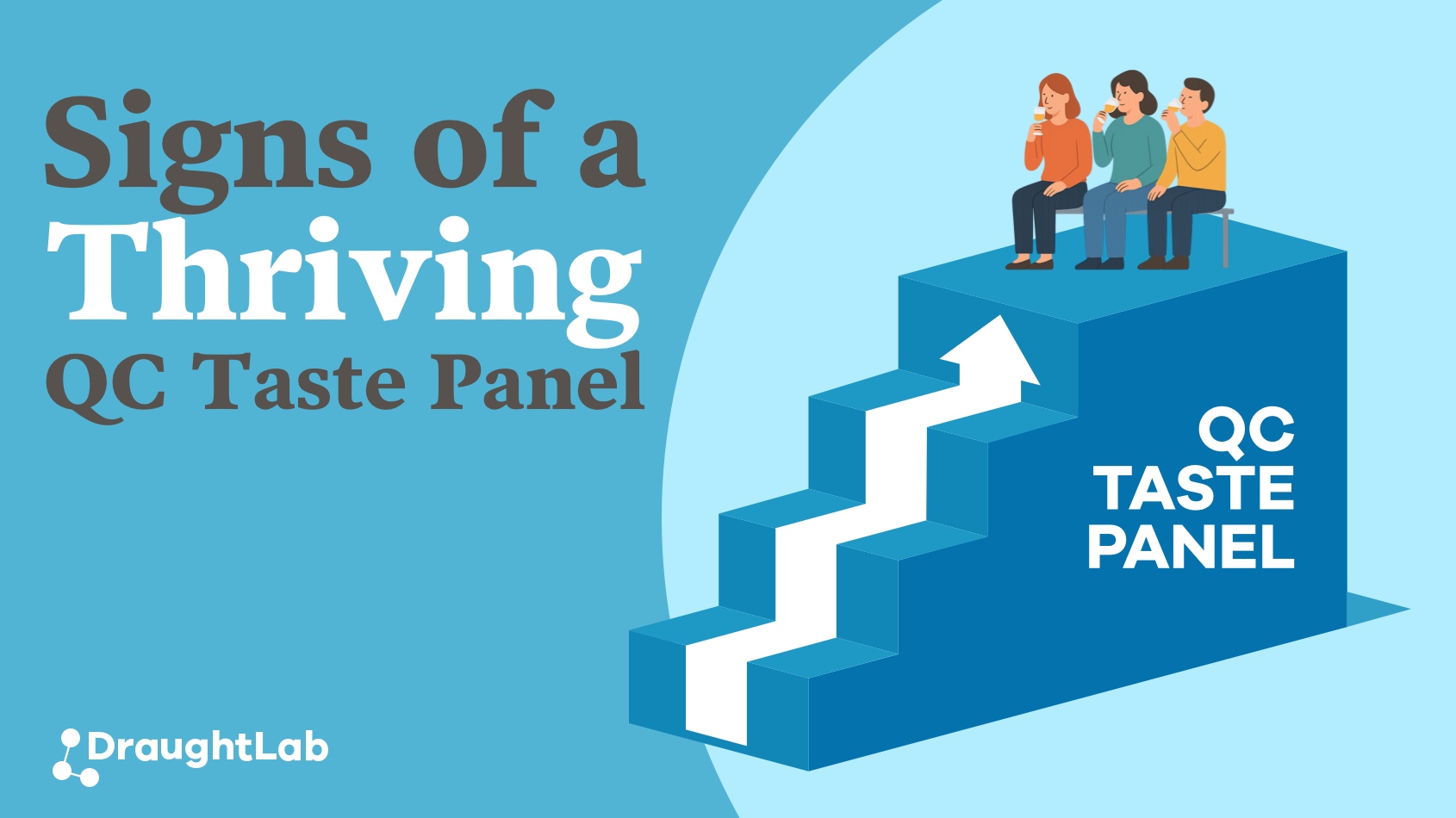
A quality control (QC) taste panel is a fundamental tool for any product that relies on consistency. Panels serve as the last line of defense against product variability and provide critical, first-hand feedback to the rest of the organization.
But how do you know if your panel is “healthy” and effective? Beyond the obvious signs of a good product, what are the key indicators of a healthy, engaged, and effective group of tasters? Here are three signs that your taste panel is not just active but truly thriving.
1. Tasters Are Showing Up and Engaged
This might seem obvious, but consistent attendance is a major indicator of panel health. If your tasters are showing up, it's a good sign they're invested in the process. A thriving panel is collaborative, and tasters should feel comfortable enough to ask clarifying questions about a descriptor or discuss a sample's context.
This engagement shows that they are actively using their senses and knowledge rather than just going through the motions. This level of investment also makes them less likely to be influenced by others and be confident in their own sensory experience and report what they truly perceive.
How to Measure:
- Tracking attendance is an easy way to measure engagement and can even be used to build incentive programs. Digital tasting platforms like DraughtLab automatically generate attendance reports.
- Observe the energy in the room and the quality of the conversations you have with panelists.

2. Tasters Are Comfortable Flagging Samples
A healthy panel has a good understanding of what's "normal" for your brand, so when something falls outside of the norm, they feel empowered to call it out. Easier said than done sometimes.
We often explain that tasting/sensory programs don’t make decisions, they provide the data necessary for other groups to do their job better. Sometimes tasters are hesitant to flag a sample, worried they will single themselves out or cause disruption, while other times they might simply be going through the motions.
How to Measure:
- If you're tasting regularly and in a structured way, the data can help. The DraughtLab software, for example, tracks your panel's willingness to flag samples so you know if this is an issue.
- Try putting a "spike" on the panel. A spike is a sample that you know should fail if everyone is paying attention. If your tasters don’t flag it, you can use it as a teaching moment.
3. Your Panel Knows Your Products
For a panel to correctly identify products that are not true to the brand, they must… know your brands! Understanding your brands is critical for the task hand and is a sign of a well-trained and calibrated panel that is up for the task. When this is the case, you should have very few false positives, so if you are seeing erratic results, you may want to revisit your brand descriptions or consider a training session.
How to Measure:
- You can track how often your panel falsely flags samples, but this can be taxing and hurt confidence over time.
- Instead, look for trends in the data. Control Charts show performance data over time and highlight variability, making it easy to catch issues early. Familiar to most quality professionals, these charts are automatically generated by the DraughtLab software to help you know when it might be time to intervene.
Conclusion
Whether your panel is running like a well-oiled machine or struggling to find its footing, there are always solutions. A thriving taste panel is an engaged one that is confident in its ability to detect issues when they arise and just as confident in its ability to approve products that meet brand standards. By paying attention to these three signs, you can ensure your QC program is delivering the insights you need to maintain product quality and consistency.
DraughtLab offers practical and approachable Sensory Analysis Solutions that deliver real-world value to food and beverage companies. Visit our website or reach out to us at info@draughtlab.com to learn more!